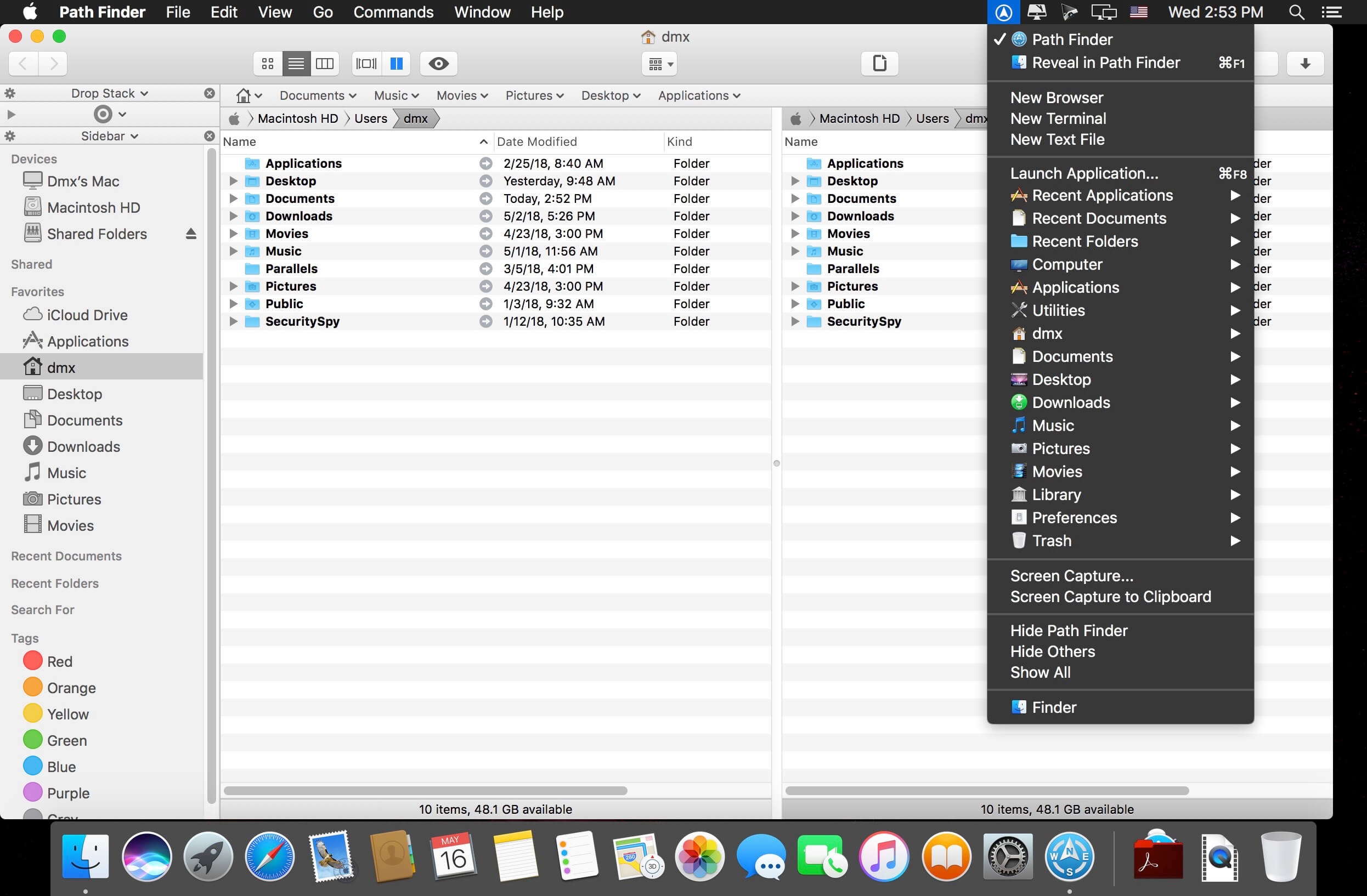
For example, preferred places (default macOS folders), standard (use-related folders), or saved places. Search for a file type (for example, PDF) no matter where it’s stored.You can even bookmark a particular tag group you frequently use. The bookmark feature lets you save the current crumb tail so that you can get back to that search quickly.In comparison to Spotlight, the app presents you with a clear choice of search options to further refine your search. The crumb trail helps you define the search with three parameters: What (how the search will get done), Where (location and kind of files), When (date range or year). And you can show or hide panels with a single click. You can see files organized by name, file type, location, tags, and more. Select a file and click the Get Info button to add a file description, add tags, and edit the creation date. On the left, you’ll see the tags panel, with tags either created by you or apps that use OpenMeta.Ĭlick any tag to view all the files, no matter where it’s stored. It uses the file/folder hierarchical system but exposes the underlying metadata attributes and tags. Will you stick to singular or plural words (e.g., "template" vs.Leap is a Finder and Spotlight replacement that reinvents how we store and search for files. Make your tags consistent by answering questions like: Look for tags that overlap and combine them where needed. What thoughts go through your head when you look for files? Do you need to find them based on certain purposes over others? Write those concepts down. Genre (Examples: Vacation photos, pet photos, insurance photos)Įvent (Examples: Winter 2024 Fundraising Gala, Aunt Shelly's birthday party) Project or campaign (Examples: Spring 2023 Social Media Campaign, Summer 2023 PR Push) work (Examples: Personal picture, work document) Phase of work/client relationship (Examples: Onboarding, proposal, performance evaluation)įile status (Examples: To-do, doing, done)ĭepartment or client (Examples: Finance department, My Client Inc.) Grab a notepad or open a blank document, and write as many ideas for tags as you can based on categories like:ĭocument purpose (Examples: Blog post, reference doc, contract, ledger) We're going to start big and narrow down from there. With your files' home settled, let's move on to tags. TagSpaces (Web, Windows, MacOS, Linux, Android)Ģ. But it's better than nothing if you're a die-hard Google Drive user.
#Mac path finder tags full
It's not perfect-I found that I had to press enter to go through the full list of results to find my file. You can then find a tag by searching for it with its # symbol in your search box. This will bring up the information panel on the right side of your screen.Ĭhoose the file you want to tag and scroll down to the Description section in the information panel.Įnter your tags beginning with a # symbol and separated by commas. Here's how you do it:Ĭlick the i symbol in the upper-right corner of your Google Drive interface. Hat tip to CharliAI for coming up with this idea. You can get around these hurdles with what I call "the people's tagging method," which any user can do. But only certain people can use it, and one file can only have up to five labels. Google is rolling out a labels feature for paid plans that administrators can use on an organizational level. Google Drive's tag situation is… interesting, but tags are indeed there. You can add as many tags as you like to a file, but in most systems, you can't put a tag within a tag like you can with a folder. Tags: Tags work like keywords you assign to files. You can set up a hierarchy of folders by putting folders into other folders, but you usually wouldn't put one file into multiple folders. Here's how each one works:įolders: Folders sort files into groups. Tags and folders are tools you can use to organize your files in different ways.
#Mac path finder tags how to
Here's how to tag your files to find and sort them more easily.īuild automation into your folders and filesĬreate your tags and go through a test run Tags add another dimension to your file system to help you make sense of the chaos.

Folders help us make sense of our files, but they can be a one-dimensional system. If your files look anything like mine, they're a maze of folders wrangling the hundreds (thousands?) of documents you keep on hand.


 0 kommentar(er)
0 kommentar(er)
